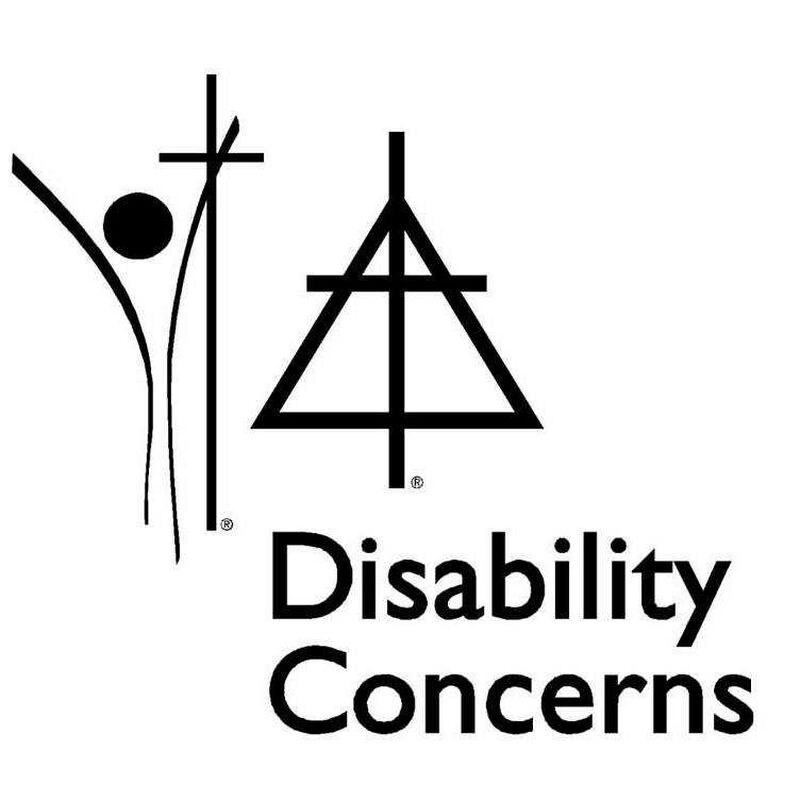A year ago, the organization I work for implemented a policy that all videos we produced would be closed-captioned.
I work at the Reformed Church in America, and part of our ministry is helping churches become places where everybody belongs, and everybody serves. We also wanted that to be true of all RCA events, so we adopted this policy to make videos more accessible to people with disabilities.
Now all videos we produce or distribute are closed-captioned, and any videos shown at our annual General Synod meeting include the captions turned on. When staff use videos at other events, they are encouraged to show the videos with captions turned on.
A year into this policy, I can tell you the videos are more accessible to people with disabilities. But what we didn’t expect is that they’re more accessible to tons of other people, too.
At synod, we’ve got hundreds of people in a gymnasium, and there’s plenty of background noise. There’s sometimes background noise in the video itself. Closed captions help everyone focus.
Captions also make videos work for people who are in a public place—like the gym or on public transit—and forgot their earbuds, or whose wireless headphones or AirPods run out of batteries. Captions work for people scrolling on their phones in the checkout line at the grocery store or while waiting at the doctor’s office or DMV.
And captions make so much difference on social media. The vast majority of Facebook and Instagram users browse with videos muted. Unless your video has no words at all, captions are essential on social.
Added bonus: if captions are a regular part of your process, it’s easier to add subtitles in another language, since you already have a transcript in hand.
How to put captions on your video
Plan, so there’s room for the captions. We’ve started using more upper thirds than lower thirds—placing names or identifiers higher on the screen. If you want to go the extra mile, frame your shots when you’re filming so there’s a little more space at the bottom of the screen.
When you finish editing your video, send it to a captioning service. We use Rev.com (starting at $1/minute) and TEMI.com (10 cents a minute, and fully captioned by artificial intelligence, so slightly less reliable on the accuracy). Within a day or two, you’ll get your caption file back. Add it to your video. Alternately, if you already have a transcript of the video, use that to add captions.
How you add the caption file depends on the editing software or video platform; check the instructions for what you’re using.
Closed captioning vs. open captioning
There are two types of captioning for videos: closed captioning and open captioning.
Closed captioning lets viewers toggle the captions on and off; people need to click on the “CC.” (This option appears in your video when you add a closed caption file.) We use closed captioning for videos that are posted on websites because it gives the greatest flexibility to the viewer.
Open captioning puts the captions on, period. There’s no option to turn them off; we call this “burning the captions on.” We use open captioning for all videos shown at General Synod. Weirdly, closed captions can only be turned on when the video is streamed from the internet. Streaming introduces potential technical difficulties, so we download our videos before showing them at synod. The downloaded videos get open captions. We also open caption videos we share on social media since many users browse with the sound muted.
Closed captioning offers a more significant responsive design—the font size adjusts to the size of the screen; it looks different on a jumbotron than a phone. Open captioning will always have the same aspect ratio of the video to captions, regardless of how you’re watching. Pro tip: if you’re using open captioning at an event, test it on the big screen in advance to make sure you got the size right.
A final benefit of closed captioning is improved SEO, or search engine optimization. Closed-captioned files are indexable by search engines, which means you can get a slight boost in search engine rankings if you’ve added closed captions to your video. You don’t get that benefit with open captioning, which has the captions embedded in the video file.
This article was first published here. For more resources on disability and ministry, see the Christian Reformed Church's Disability Concerns Resources page.
